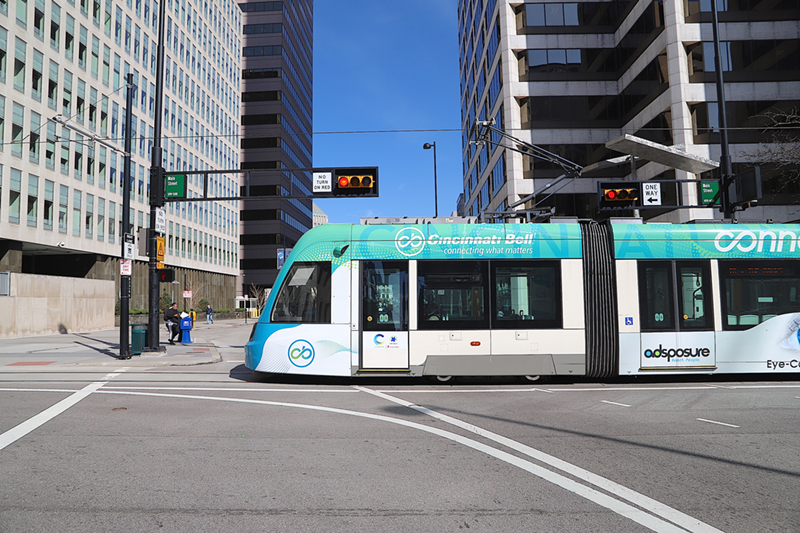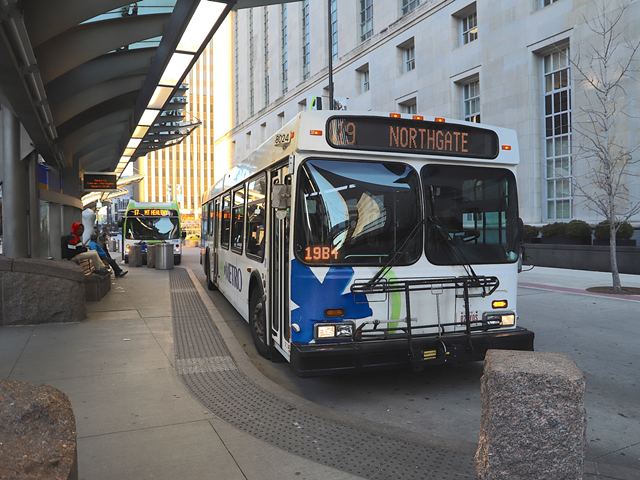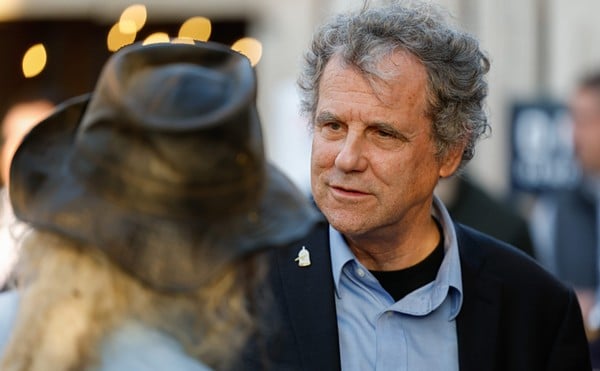It’s been two years in the making — and at an early unveiling today, Cincinnati City Councilmembers greeted the city’s long-coming traffic study with consternation.
To be fair, the presentation before council’s Major Projects & Smart Government Committee today was an interim report — not the finished product — by consultants Brandstetter Carroll Inc.
But within minutes, it was clear council members weren’t happy with the 27-slide presentation, which outlined some suggestions around traffic signal prioritization for public transit, increased pedestrian safety, ways to improve curbside congestion and other recommendations.
Council members called many of those proposals vague and hard to follow, however, and said they expected more after the long wait.
The $300,000 report, commissioned by the city in Oct. 2016, is supposed to show the way forward for better headway for Cincinnati’s streetcar, which has struggled with ridership and on-time performance, as well as for the city’s buses. The money for the report came out of the streetcar’s capital budget.
“My understanding is that we did a traffic study to come up with solutions for many known problems,” Councilmember Chris Seelbach said. “I feel like I’m not getting my money’s worth.”
Others on the committee were equally frustrated.
“This is not really the report I was looking for either,” Councilman Wendell Young said.
The report does float some suggestions for potential improvements to traffic timing. In one of its most specific sections, it calls for traffic signals that give priority to public transit at the intersections of Race and Liberty streets, Walnut and Ninth streets, Elm and Liberty streets and Walnut and Second streets. Installing those signals would cost about $20,000 an intersection.
In another section, the report suggests relocating a bus stop at Fifth Street further away from its intersection with Vine to keep buses from getting stuck behind other buses.
The report also has some suggestions for street restriping to reduce the number of traffic blockages for the streetcar, specifically at Main and 12th and Race and Liberty streets.
Other sections and recommendations are vague, however, without specific locations or cost estimates attached to them.
Assistant City Manager John Juech pointed out that the firm preparing the report was chosen in a competitive bidding process and that they are regarded as among the best in the country.
“This is the firm that won, and they are considered best in class,” Juech said. “This is just the interim report. The team told me this is all backed by hundreds of pages of analysis and traffic counts. I think all of that feeds into a process that then becomes the policy recommendations. I do know the team has worked hard on this.”
Councilmember David Mann wanted to know why bicycle commuters and scooter users weren’t considered in the report. Consultant Tim Brandstetter said the team has considered riders, and, in an interesting moment, said the group recommends the city finish the long-stalled Central Parkway Bikeway. However, he also said the issue of bikes and scooters was outside the general scope of the report the city paid for.
Frustration with the report was likely heightened by struggles with the city’s bus-only-lane pilot program on Main Street downtown. That pilot program is designed to speed up bus traffic by giving it its own curbside lane from Government Square to Central Parkway during rush hours. A number of reports suggest that drivers are still driving in the lane during restricted hours, however, despite enforcement efforts by the city.
“I underscored the expectation of the city administration and council that there be dedicated enforcement of the transit lane,” Juech told council. Cincinnati Police have written 29 citations for drivers who have been in the lane during restricted hours, Juech said.
“We are writing tickets, we are doing dedicated enforcement,” he said. “I underscored that we wanted even more of it. We’re all aligned in terms of the importance of this transit lane.”
Echoing the underwhelmed sentiments of other councilmembers, Councilman Greg Landsman pushed to have an updated, more detailed presentation before council quickly.
“I think the feedback from the general public, which has been waiting on this for years now, is going to be similar to ours, which is, we’re glad we’re having this discussion but we need to get to a point where we have actionable items,” Councilman Greg Landsman said following the presentation. “When can that happen?”
Brandstetter suggested the team that created the report could have a more detailed presentation done in 30 days. Landsman said he’d like to see something before the end of the year — ideally by Dec. 21. Other councilmembers, however, said they doubted that would be possible.
“I think it’s important for people to have an updated explanation of what you all have done and where we’re going before the holidays,” Landsman said. “I do think we have a path forward in terms of getting a report that people can sink their teeth into and understand.”






